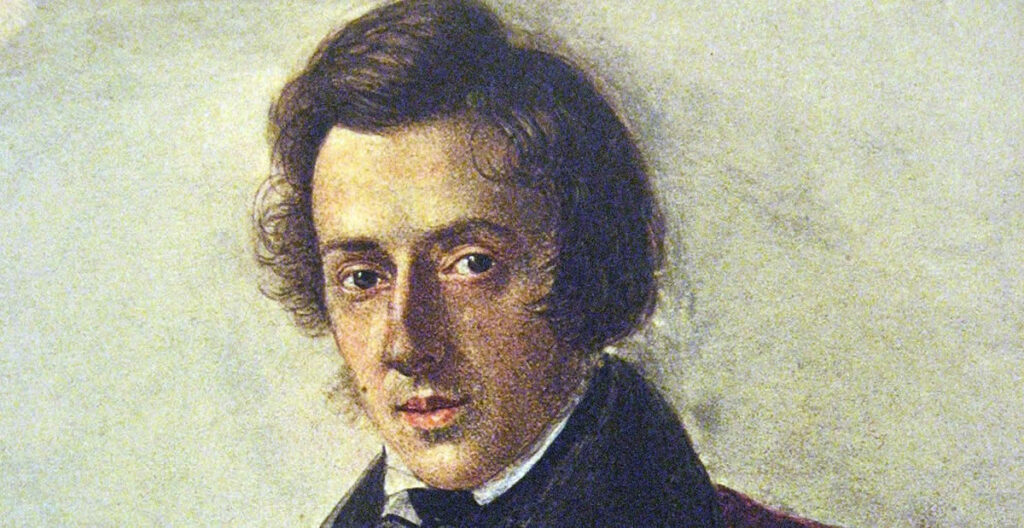Frédéric Chopin, the Polish composer and virtuoso pianist, is celebrated for his profound contribution to piano music. His compositions are characterized by poetic expressiveness, technical brilliance, and innovative use of harmony. Here is an exploration of ten of his most revered works, each showcasing a different facet of his genius.
Frédéric Chopin remains one of the most celebrated and influential composers of the Romantic era, renowned for his virtuosic piano compositions that continue to captivate audiences worldwide. Born on March 1, 1810, in Żelazowa Wola, Poland, he demonstrated extraordinary musical talent from an early age.
Chopin's musical education began under the guidance of his mother, who was herself a competent pianist. By the age of six, he was already composing his own music, and by seven, he was performing in public. Recognizing his prodigious talent, his family enrolled him in the Warsaw Conservatory, where he studied piano with the renowned pianist Wojciech Żywny and music theory with Józef Elsner.
Frederic Chopin, a composer and pianist of unparalleled genius, left an indelible mark on the world of music during his short but brilliant life. Born in 1810 in Zelazowa Wola, Poland, and passing away in 1849 in Paris, France, Chopin's legacy endures as one of the most influential figures in the history of classical music. His life and work are a testament to the enduring power of art to transcend time and space, and this biography seeks to explore the life, struggles, and immense contributions of this musical genius.
Frédéric Chopin, born in 1810, was a Polish composer and pianist who left an indelible mark on the world of classical music. His profound compositions, exquisite melodies, and virtuosic piano skills continue to captivate audiences worldwide. In this blog post, we delve into the life and legacy of Frédéric Chopin, highlighting 10 fascinating facts that showcase his extraordinary talent and enduring influence. Frédéric Chopin's life and music are a testament to the power of artistic expression. His remarkable talent, innovative compositions, and enduring legacy make him one of the most revered figures in classical music history. As we listen to his works, we are transported to a world of beauty, passion, and emotional intensity—a world crafted by the genius of Frédéric Chopin.
Frédéric Chopin, one of the most influential and beloved composers in the history of classical music, left an indelible mark on the world with his extraordinary piano compositions. His works are known for their romanticism, technical brilliance, and emotional depth. In this blog post, we will delve into the mesmerizing melodies of Chopin and explore the top 10 songs that showcase his genius.
Frédéric Chopin, the legendary composer and pianist of the Romantic era, left an indelible mark on the world of classical music. Known for his emotionally charged and technically demanding compositions, Chopin's music continues to captivate audiences and inspire countless musicians. Beyond his incredible talent, there are fascinating anecdotes and lesser-known aspects of his life that add to his mystique. Join us as we embark on a journey to uncover some curious facts about the extraordinary life and music of Frédéric Chopin.
Frédéric Chopin, the renowned Polish composer and pianist of the Romantic era, left an indelible mark on the world of classical music. His compositions continue to captivate audiences with their emotional depth, technical brilliance, and exquisite melodies. In this blog post, we delve into the realm of Chopin's genius and present a curated list of his top 7 compositions that showcase his musical prowess.
Frédéric Chopin was one of the most influential composers of the Romantic era, whose music continues to inspire and delight millions of listeners around the world. His genius lies not only in his technical mastery of the piano, but also in his expressive and innovative musical language, which transcends the boundaries of time and culture.
If you are a fan of classical music, you might have heard of Frédéric Chopin, one of the most influential composers of the Romantic era. Chopin was a Polish-French pianist who wrote many beautiful and expressive pieces for the piano, such as nocturnes, waltzes, mazurkas, and polonaises. But how much do you know about his life and personality? Here are seven facts about Chopin that you might find interesting:
Frédéric Chopin was a Polish composer and pianist who lived from 1810 to 1849. He is widely regarded as one of the greatest composers of the Romantic era and one of the most influential musicians in history. Chopin was born in Żelazowa Wola, a village near Warsaw, to a French father and a Polish mother.
